From resorts to plants and crossings: where uLite can be used
Recently, the multifunctional transport and infrastructure complex uLite has begun operating in EcoTechnoPark. The rolling stock of the complex is a rail electric vehicle on steel wheels (uPods) with a load capacity of 450 kg. It consumes only 4.5 kWh/100 km, or 1.1 l/100 km in terms of standard fuel. The complex is now being requalified as a cargo-passenger complex. Let us look at where it can come in handy.
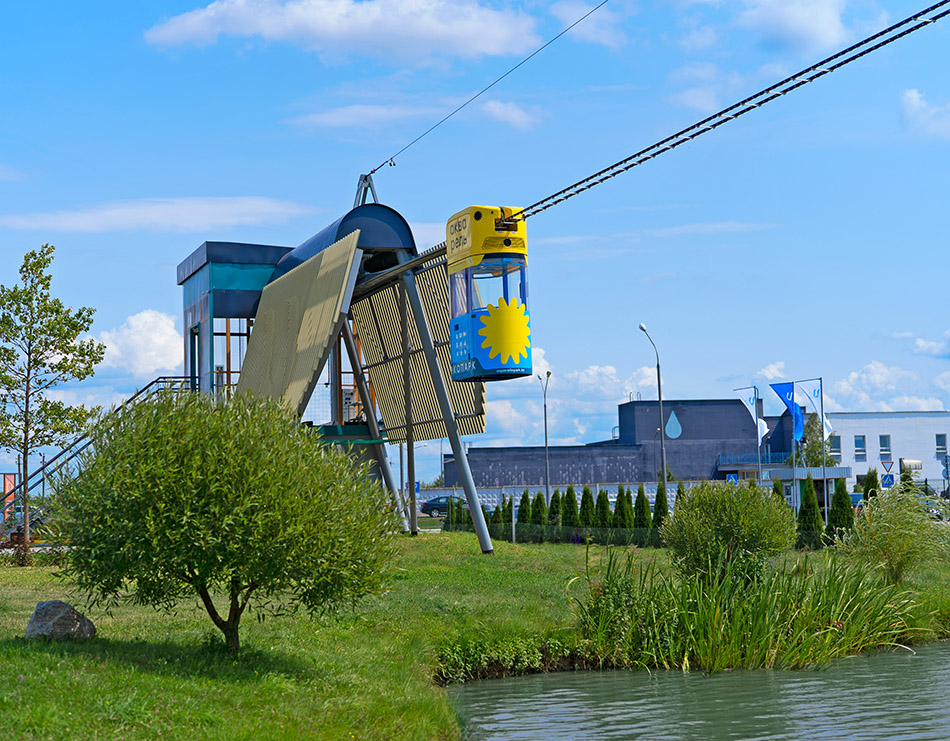
Operation at ski resorts
Lifting tourists and cargo up the mountain is a difficult and expensive task. In most cases, there is no access road to such vacation spots. Therefore, owners must look for other delivery methods.
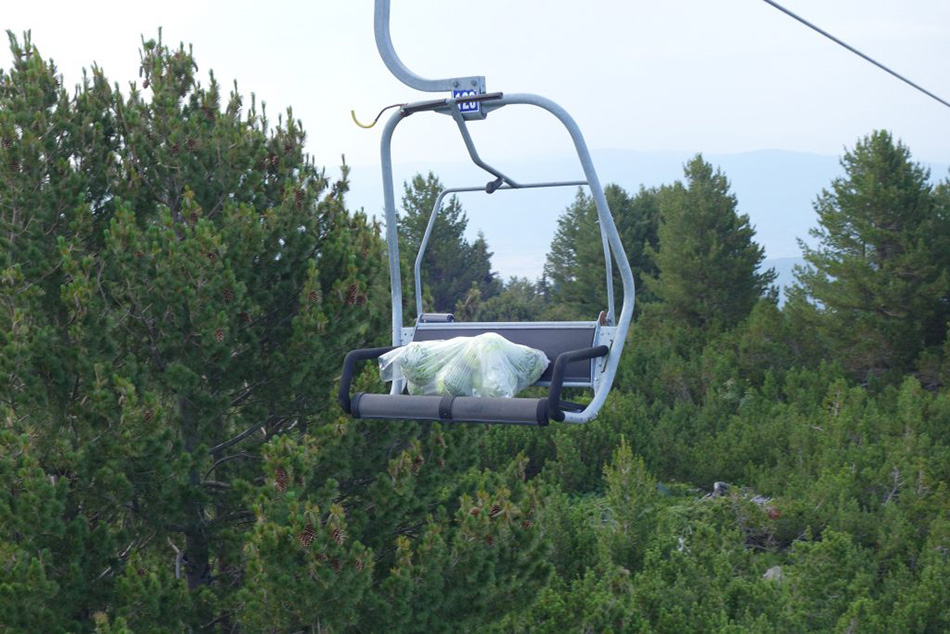
For example, the only way to get to the Vigilius Mountain Resort, located at an altitude of 1500 meters in South Tyrol (Italy), is by cable car. Of course, except for the 3-4 hour climb up Monte San Vigilio.
The cable car has many disadvantages: sometimes due to bad weather conditions its operation is suspended for several hours, it is vulnerable to corrosion and wears out quickly. In its traditional design, it has serious weight restrictions, so it is not suitable for delivering goods. They are usually lifted to the mountain with the help of special equipment, horses and even aircraft.
Thus, the owner of the alpine hut La Vare, located at an altitude of 1756 meters above sea level in Switzerland, orders a helicopter to deliver wood chips for heating, as well as things necessary for the comfort of tourists.
It would be much cheaper to use uLite complex for such purposes. The modular design of uPod - the basis of the complex's rolling stock - allows it to be quickly converted to different tasks: for transporting passengers (up to 6 people) or cargo (up to 450 kg).
Transportation between workshops
Raw materials, supplies, and components must be delivered from general plant warehouses to workshops for non-stop operation of the enterprise. Also, workpieces and parts must be moved between workshops during the technological process. And from there, the finished products go to the warehouse.

Typically, inter-sectional transport is carried out using equipment powered by internal combustion engines, or less commonly - by electric traction.
Maintaining such a vehicle fleet takes a lot of time and money. It is necessary to allocate space for storing fuels and lubricants, ensure fire safety, conduct monthly maintenance, medical examination of drivers, keep records of fuel consumption, etc.
The territory of the enterprise is actively polluted by tire wear products, harmful engine emissions, oil residues and other toxic substances because of such vehicles.
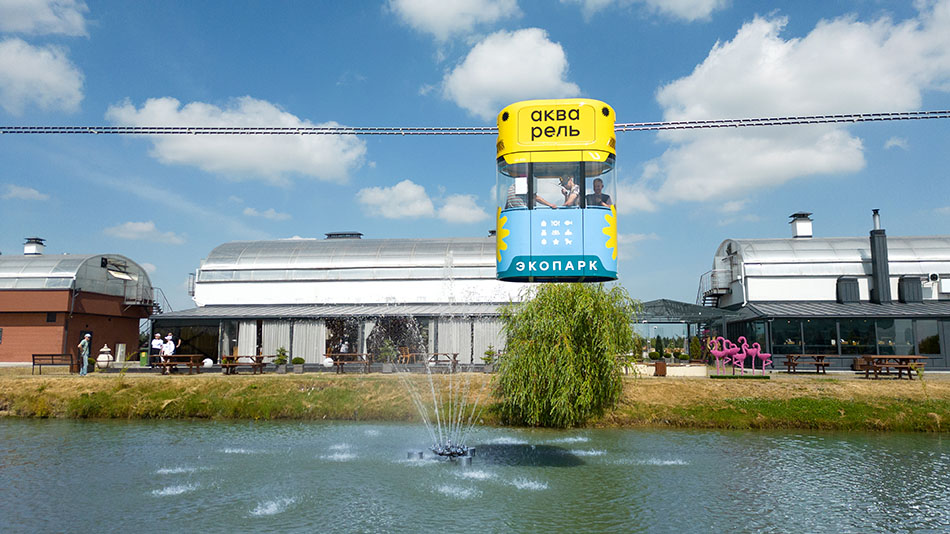
The use of the uLite complex for inter-shop transportation can significantly reduce the number of maintenance personnel and reduce the cost of fuels and lubricants.
At the same time, the environmental situation at the enterprise will improve, because emissions of harmful substances from the use of uLite are equal to zero.
The implementation of the complex will help to avoid accidents on the territory of the organization. The uLite routes run at a height of 3.5 meters above the ground, which prevents the uPod from colliding with enterprise infrastructure facilities.
Organization of crossings
In August 2023, eight people had been stuck on a cable car for several hours. The cabin hung 274 meters above a gorge in the northwestern region of Pakistan. The cause of the accident was a stricken cable, and people could fall at any moment. The Pakistan Army said the rescue operation was “extremely difficult and dangerous.” Only one child was rescued by helicopter. But they did not dare to use aircraft any further – high wind created by the helicopters’ blades was strongly rocking the cabin. The remaining passengers were removed by rescue teams on foot.

That cable car connected the villages of Jangri and Batangi. The latter housed a school. Due to the difficult terrain and bad roads, pedestrian crossing between villages took about 2 hours. Using an aboveground route reduced this journey to 4 minutes.
Ropeways are quite common in the world, and, unfortunately, accidents with them often occur, especially in poor areas. There is no alternative to them, and, apparently, their infrastructure is significantly worn out.

In comparison with uLite, the use of a cable car for crossing is much more expensive and dangerous.
The ropes of most known systems in the world must be completely replaced at least every 10 years. At the same time, the service life of uLite is much longer: until major repairs for an overpass - from 50 years, for rolling stock - 25 years.
In case of unforeseen situations, uLite is equipped with a number of safety systems, including individual rescue and overload protection.
Builds quickly and lasts a long time
Less than two years were spent on the construction of uLite in EcoTechnoPark. Design and testing of engineering solutions took 1.3 years, construction – 6 months.
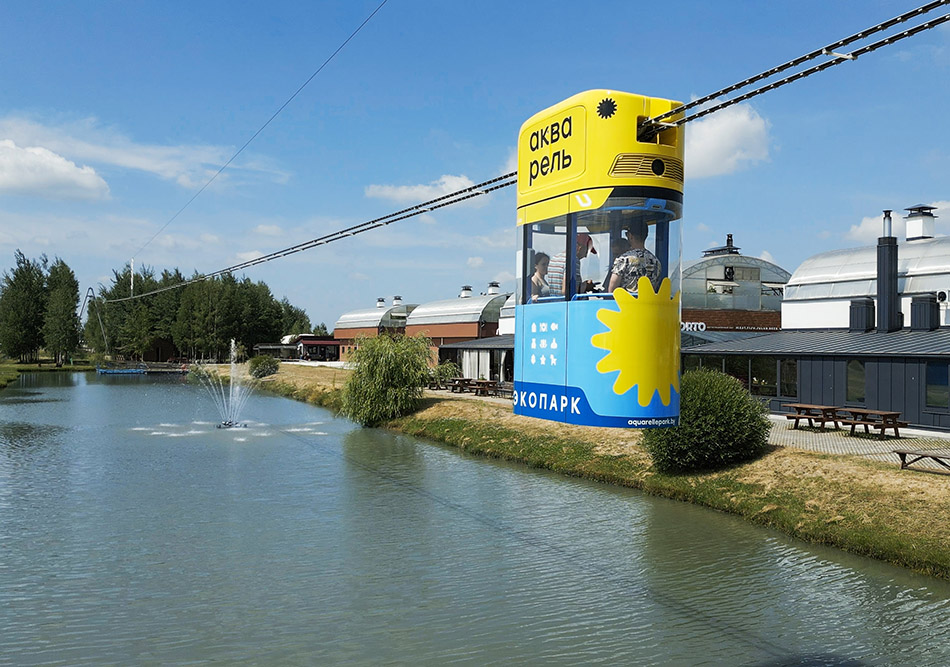
The service life of such a complex is significant, and there are many application options. The uPod can quickly and safely transport tourists at the resort, cargo between terminals and much more.
uLite’s productivity, which approaches 10,000 passengers and 1,000 tons of cargo per day, is impressive. It should be noted that all this is done at lower costs compared to competitors.
More news
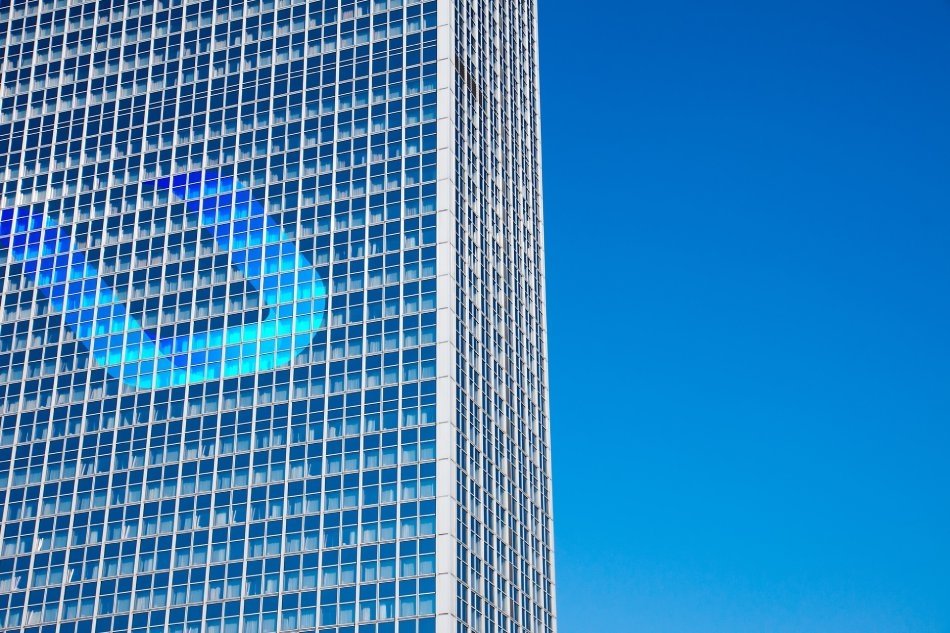
News
2 October 2024
UST Inc. has signed a cooperation agreement with Asia Mobiliti
The partnership agreement was signed at the investment forum in Sharjah.
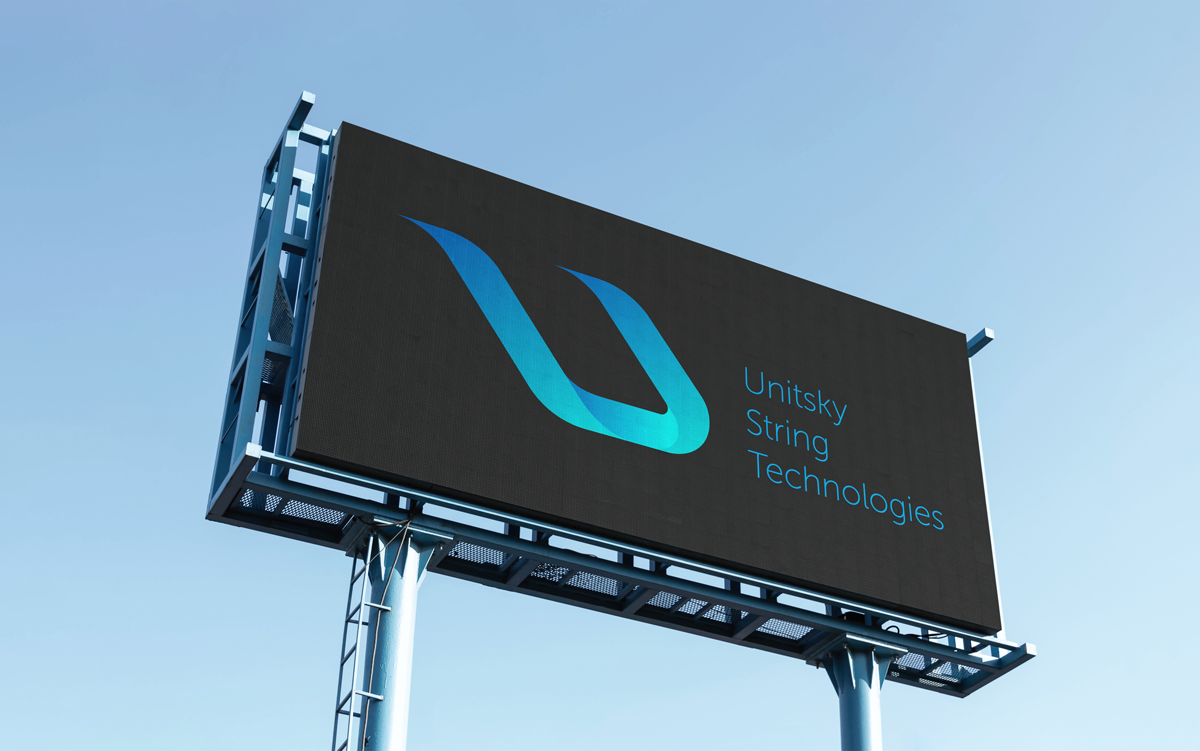
News
15 August 2022
Unitsky String Technologies Inc. Present Updated Market Positioning
UST Inc. has published a document with updated market positioning. It contains key information about the company, describes the principle of operation and capabilities of transport and infrastructure complexes, compares with competitors, indicates the cost of construction and the timing of projects.
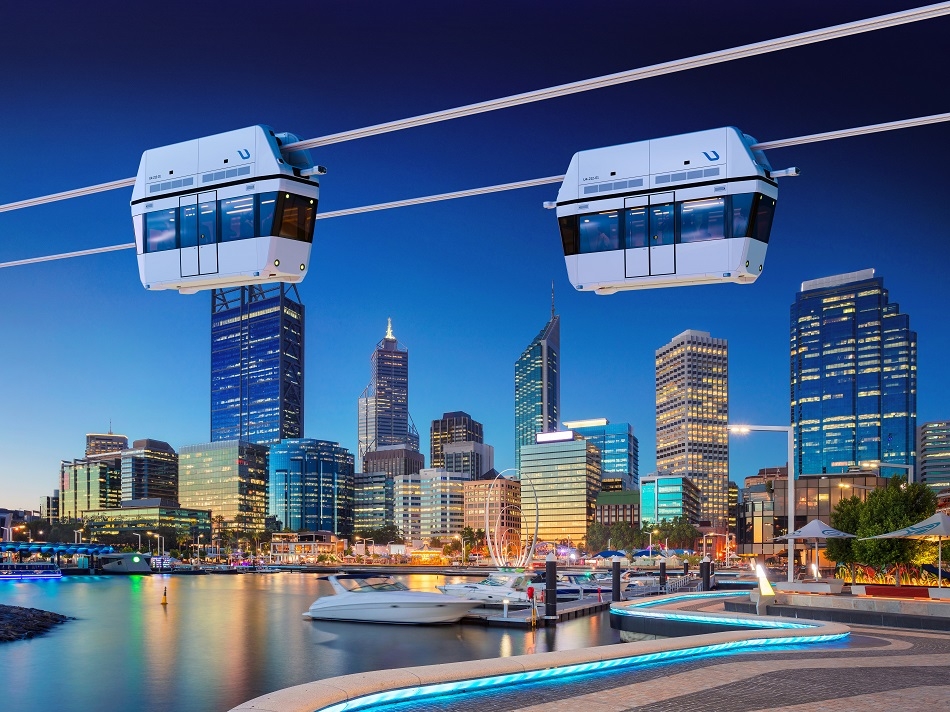
Analytics
25 July 2025
Monorail and String Transport: Differences Between Above-Ground Systems
We compare monorail railways with string railways and find out their advantages and disadvantages.

